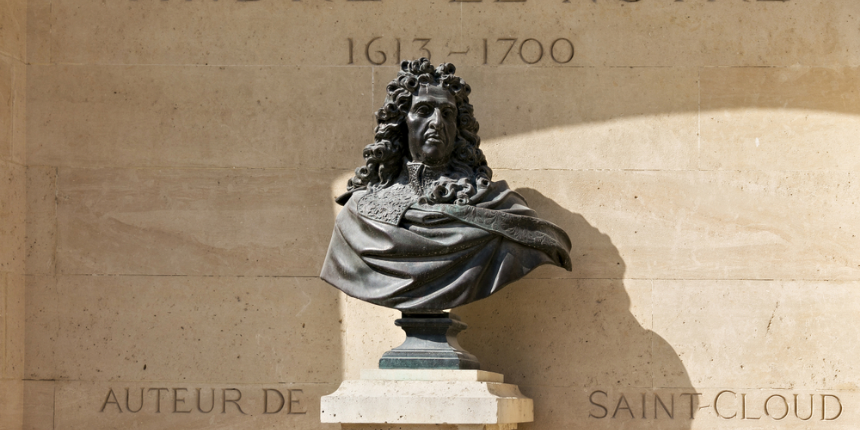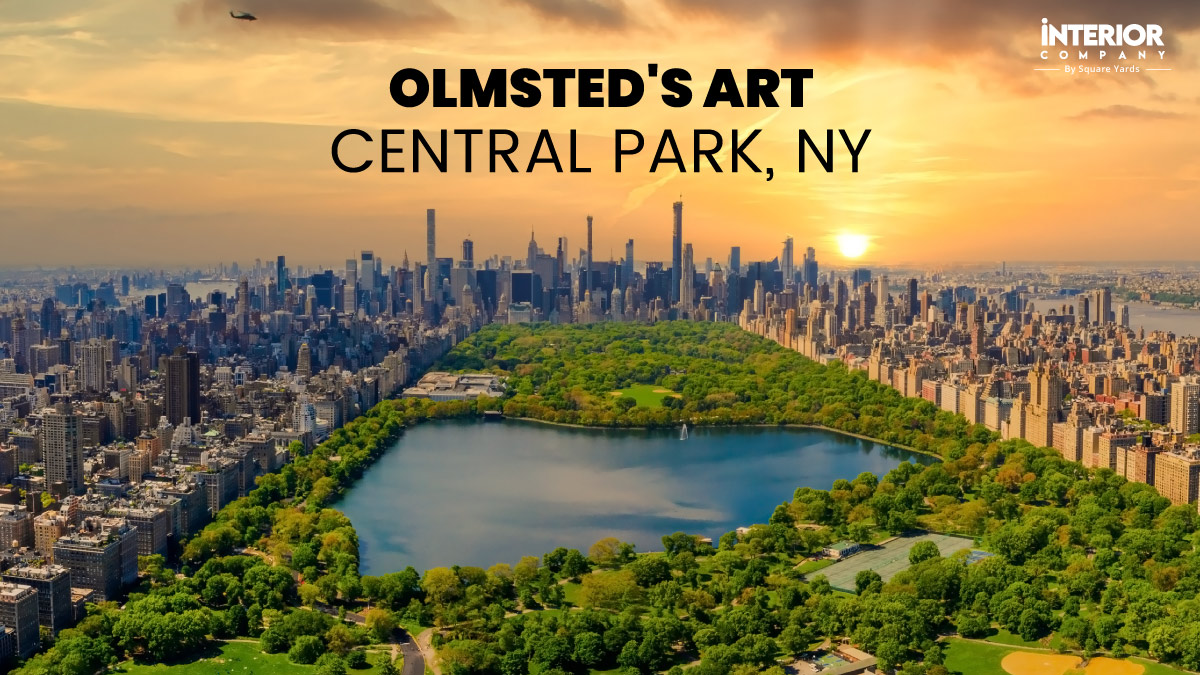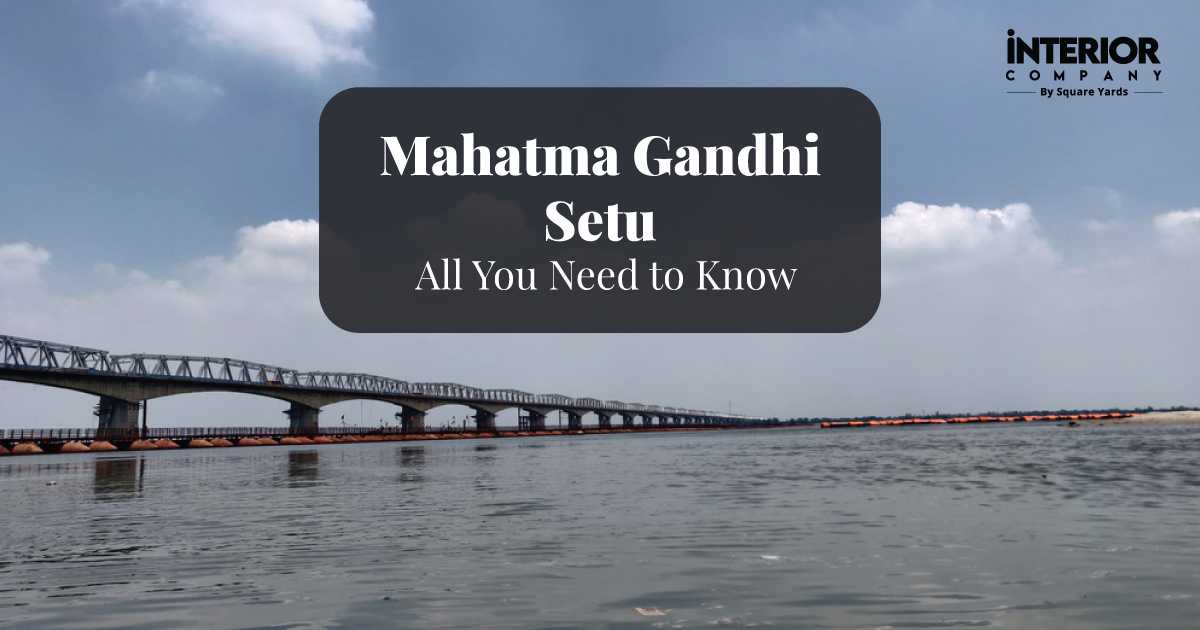- Home
- Trends
- Architecture
- Buildings
- Gardens Of Versailles Architecture
A Trophy of French Architecture- The Gardens of Versailles
Falling in love with France is effortless. Every nook and corner of the country is like a love story waiting to happen, especially with its cities given the grandeur on offer. If you find yourself on the grounds of Versailles, you’re done for. Romanticism comes easily with the beautiful Gardens of Versailles. The resplendent landscape, sculptures that leave you in awe, fountains that spray you with a glimmer of hope on any fine, shiny afternoon and the verdant grass that gives you a breath of fresh perspective. The Gardens of Versailles are stunning, world-renowned French gardens located outside the Palace of Versailles. It was created in the 17th century upon the will of King Louis XIV and has since become a symbol of the erstwhile French Monarchy and a major tourist attraction. The Gardens are a vast, sprawling landscape with numerous fountains, sculptures, and other architectural features. It is a masterpiece of art, architecture, and horticulture, with a rich history and a place of beauty that continues to captivate visitors from all over the world. Take a walk through the history, facts and paths of the Gardens of Versailles.
Table of Content
History of the Gardens of Versailles

Louis XIV had to wait for 23 years to make his way to the throne. The Sun King was a fan of the outdoors and wished to leave a legacy marking his reign. Before the construction of the palace, the land used to be a hunting ground for the previous monarch. When Louis XIV visited the Ché¢teau de Vaux le Vicomte in 1661, he was mesmerised by the palace and garden. He commissioned the construction of the Palace of Versailles and appointed André Le Né´tre as its chief landscape architect.
Also Read: Beautiful Blenheim Palace Garden Architecture
In the early years, the garden was designed to provide a place for the King and his courtiers to relax and enjoy the outdoors, but soon, it symbolised the power and wealth of the monarchy. The garden was laid out in a series of terraces, each with its own distinct features, such as carefully manicured lawns, geometric flower beds, and fountains. The main feature of the garden was the Grand Canal' a long, wide waterway that ran along one side of the terraces and was used for grand state events and royal parades. The surrounding gardens included groves of trees and shrubs, large ponds, and a variety of sculptures and architectural features. The Gardens of Versailles were an important part of court life in France throughout the 17th and 18th centuries. They were often used to host receptions and banquets, as well as hold military parades and other events. In 1789, during the French Revolution, the gardens were looted and vandalised, but were eventually restored to their former glory. Today, the Gardens of Versailles are a UNESCO World Heritage Site and remain one of the most iconic gardens across Europe. The Gardens of Versailles are protected and monitored by the French Ministry of Culture.
André Le Né´tre- The Brains Behind the Gardens of Versailles

Andre Le Notre born in 1613, was a French landscape architect and designer who was instrumental in creating the formal French gardens of the 17th century. The son of a gardener, Le Notre developed a passion for gardening and landscape design from an early age. He studied under the renowned architect Philibert de l’Orme, who had a strong influence on Le Notre’s aesthetic. Le Notre’s most famous work is the gardens he designed for the Palace of Versailles in France. He was commissioned by Louis XIV in 1661 to create a grand landscape of formal gardens, parterres, and fountains. Le Notre’s design was an example of the Baroque style laying emphasis on symmetry and balance. He created a series of terraces, canals, and pools, as well as intricate paths and walkways. He also designed the iconic Grand Trianon and Petit Trianon buildings, which were completed in 1687. Le Notre’s designs were also popular in England. He was commissioned to create the gardens at Chatsworth House in Derbyshire, and his influence can be seen in many other English gardens of the period. He also designed the gardens at Hampton Court Palace and the Tuileries Palace in Paris. Le Notre’s gardens remain popular today, and his influence can be seen in many modern gardens. His use of symmetry, balance, and geometry continues to be admired, and his legacy lives on in the many gardens he designed throughout his career.
Also Read: Frank Lloyd wright’s Innovative Architecture Designs
Explore the Gardens of Versailles

The Gardens of Versailles are expansive and perfect for exploring. Visitors can explore the vast formal gardens, including the Grand Canal, the Fountain of Apollo, and the Grand Trianon. Other highlights include the Orangery, the Grand Perspective, and the Bosquet des Rocailles. Additionally, visitors can explore the royal stables, which feature carriages, horses, and other artefacts. Visitors can also take a guided tour of the Petit Trianon, Marie Antoinette's private estate. Finally, nature lovers can explore the various walking trails, including the Grand Parc, the Grand Canal, and the Petit Parc.
The Orangery
Louis Le Vau was the one behind the construction of the exquisite orangery in the Palace of Versailles. King Louis XIV organised the planting of orange trees and brought in several from Portugal, Spain and Italy. Gifting an orange tree to the King was a good sign in those times. Versailles ended up having the biggest collection.
The Sculptures
There are almost 386 sculptures in lead, bronze and marble on the grounds of the Palace of Versailles. Out of these 386, almost 221 sculptures are in the Gardens. Louis Lerambert and Charles Le Brun were the geniuses behind these stunning sculptures in the Garden of Versailles along with André Le Né´tre. Louis XIV commissioned the construction in 1662. The Garden of Versailles has a varied collection of some of the best sculptures known to the world of art. The statues are inspired by Greek mythology, the victories of the kings and tons from the French school of Sculpture.
The Parterres
A parterre is a formal garden design consisting of a patterned arrangement of low hedges, flower beds, and pathways. The design is usually symmetrical, with the paths and hedges forming a pattern of rectangles, circles, or other shapes. The Garden of Versailles' parterres is a work of art. Latona's Parterre, the North Parterre, Water Parterre and the South Parterres are the three which can be found on the property.
The Walk
There are three walks in the Garden of Versailles named The Water Walks, The King's Garden Grove and the Great Lawn. The Water Walk commences at the Neptune Fountain, passing through the Water Parterre and ends up at the Orangery. The Great Lawn was commissioned by Louis XIII and ends up at the Apollo's Fountain. Louis XIV commissioned two sculptures to Puget which were at the entrance of the amphitheatre just around this walk. The sculptures found a new home at the Louvre. The King's Garden Grove was built by Alexandre Dufour, upon the order of Louis XVIII in 1871 when the fountain became a swamp due to bad maintenance.
The Fountains
The gardens of the Palace of Versailles consist of some of the most iconic fountains in the world. Among them are the Four Seasons Fountain, the Latona Fountain, the Fountain of Fights of the Animals, the Neptune Fountain, the Dragon Fountain, the Mirror Fountain, and the Nymph's Bath. Other notable fountains include the Latona Basin, the Orangery Fountain, the Water Parterre, and the Water Theater.
The Groves
Marquis de Dangeau called the Groves of the Garden of Versailles “enclosed fountains”. There are around 15 groves in the gardens. The most beautiful groves of the gardens are Queen's Grove, Ballroom Grove, Girandole Grove, Colonnade Grove, Chestnut Grove and Grove of the Domes.
When Can You Visit the Gardens of Versailles?

The Palace of Versailles is open to the public all days except Mondays. The Gardens and Parks can be accessed on all days. Refer to the table given below for the timings.
| Venue | Timings |
| The Palace | 9:00 AM – 6:30 PM |
| The Estate of Trianon | 12:00 PM – 6:30 PM |
| The Gardens | 8:00 AM – 8:30 PM |
| The Park | 7:00 AM – 8:30 PM |
A Labyrinth You Don't Want to Miss Out On!
The Gardens of Versailles are a beautiful and historical masterpiece. Its design is a testament to the power of architectural creativity and the limits of what can be achieved by fusing art and science. Its vastness, beauty, and grandeur are all the more incredible when you consider the time and effort that went into its creation. The Gardens of Versailles are a stunning example of the power of human imagination, and will continue to be a source of inspiration for generations to come.
*Images used are for illustration purposes only. Interior Company does not hold any copyright to the images unless mentioned explicitly.
Ready for a home transformation?
Let our designers assist you!
Recent Posts
The architect of the Garden of Versailles was Andre Le Notre.
Even though the land of Versailles existed under the reign of Louis XIII, it was Louis XIV who brought the Palace to its current glory.
Related Category
- Bedroom
- Exterior Design
- Kitchen
- Living Room
- Paint and Color
































